It all started with this Tweet.
So, uh, I just learned that this is what a pufferfish skeleton looks like, and I think you all should know too pic.twitter.com/ecCXN8RTAV
— Liz Weinberg (@eaweinberg) November 30, 2018
So what are you looking at other than some truly sweet evolution?
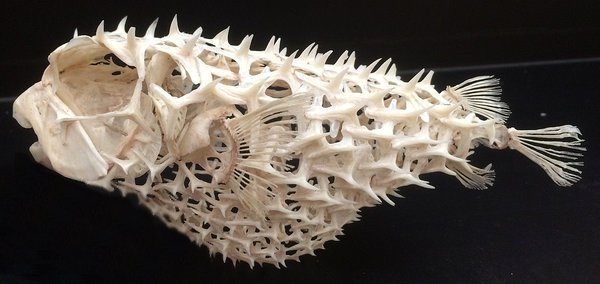
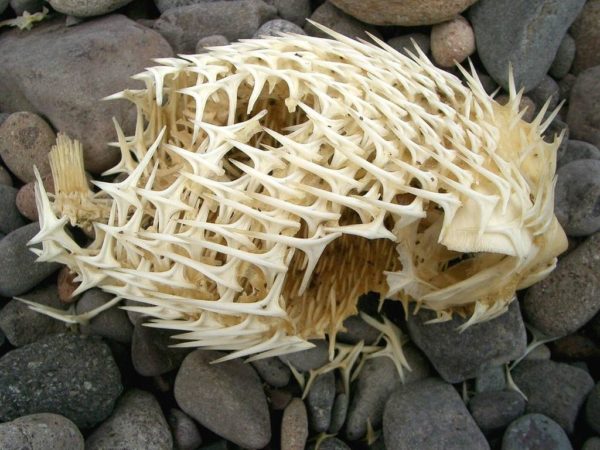
What you are looking at are the spines of pufferfish composed of nanocrystalline hydroxyapatite, protein(collagen), and water, the same materials as scales. Indeed, these spines are just modified scales. And like other scales, these spines originate during development from the mesoderm layer of the dermis or the skin.
Dr. Brian Sidlauskas, Associate Professor and Curator of Fishes at Oregon State University, notes puffers evolved from a group of fish (Porcupines, Molids, Triggerfishes, and filefishs) that all possessed ctenoid scales, denoted by small teeth along their outer edges. “Filefishes actually feel fuzzy. So it isn’t perhaps too surprising to imagine those scales expanding and getting more and more spiny.”
As you might expect, these spines evolved as anti-predator defense, similar to the ability of puffers to inflate. However, it looks like the inflation likely evolved before the spikiness.
Evolution is amazing.

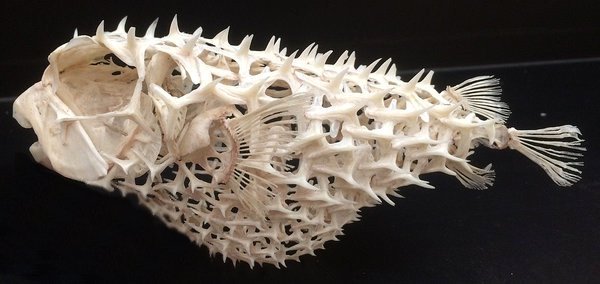

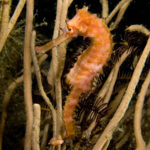
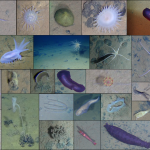


Fascinating
Well this is excellent!!! And potentially solves a mystery that has had several of us stumped after some weird triangly things were discovered in the Keasey Formation (late Eocene) in NW Oregon. The fossils match the spine morphologies almost exactly.
Other thoughts were that these might be from some carnivorous sponge. These didn’t react to acid and so they aren’t calcite. They didn’t look exactly like sponge material which is more glassy.
We had Pufferfish in the Pacific Northwest in the Late Eocene!!!
Casey Burns, Field Associate
California Academy of Sciences IZG
Or…… perhaps they did not “evolve”. There is 100% chance that they were originally made that way by the One who thought them up and then created them.
Nope. They definitely evolved.